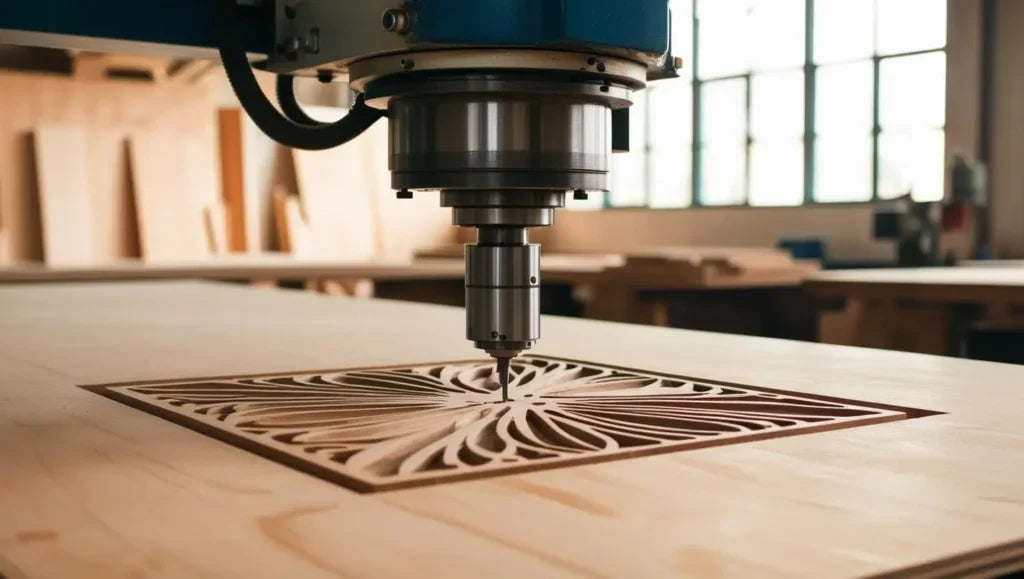
10 Practical Tips to Improve CNC Machining Efficiency
1. Optimize Tool Selection and Cutting Parameters
Choose the right tools based on the material's properties. For instance, when machining aluminum alloys, prioritize carbide tools. For cutting parameters, during roughing, you can increase the cutting depth and feed rate to reduce the number of passes. For finishing, decrease the cutting depth and increase the feed rate to ensure surface quality while improving efficiency. For example, when machining steel, roughing depth can be set to 3-5mm with a feed rate of 0.3-0.5mm/rev; for finishing, the cutting depth can be 0.1-0.3mm with a feed rate of 0.1-0.2mm/rev.
2. Utilize Efficient Tool Path Strategies
Use CAM software to generate optimized tool paths and minimize idle travel. Employing a helical entry method, for example, prevents the tool from plunging directly into the material, reducing tool wear and improving machining efficiency. When machining complex contours, use strategies like contouring and parallel milling to ensure smooth and efficient tool paths.
3. Perform Regular Equipment Maintenance
Regularly clean and lubricate critical components like machine guides and lead screws to ensure smooth operation. Check the stability of the spindle, tool magazine, and other parts to prevent machining interruptions due to equipment failure. For example, clean guide rails weekly, check spindle runout accuracy monthly, and replace lubricating oil quarterly.
4. Arrange Machining Sequence Logically
Based on the part's structure and machining process, plan the machining sequence rationally. Prioritize machining datum surfaces and holes to provide accurate positioning for subsequent operations. Perform roughing first to remove most of the material, then follow with finishing to minimize the impact of roughing stress deformation on the final finish.
5. Adopt Quick Clamping Fixtures
Use hydraulic or pneumatic fixtures for rapid workpiece clamping, reducing setup time. Design multi-station fixtures to clamp multiple workpieces at once for simultaneous machining, improving overall efficiency. For instance, in automotive component manufacturing, multi-station fixtures are often used to mill 4-6 parts in a single setup.
6. Enhance Programming Skills and Utilize Macro Programs
Programmers should be proficient in CNC programming techniques to reduce redundant instructions in programs. For repetitive machining tasks, use macro programs where only key parameters need to be modified, allowing for quick programming of similar parts and saving significant time.
7. Monitor the Machining Process in Real-Time
Utilize the machine's built-in monitoring system to track parameters such as cutting force, spindle speed, and feed rate in real-time. If any abnormalities are detected, adjust machining parameters or stop the machine for troubleshooting immediately to prevent accidents and ensure smooth processing.
8. Implement Standardized Operating Procedures
Establish standardized operating procedures and machining process specifications. This ensures operators adhere strictly to standards, reducing fluctuations in machining efficiency caused by operational differences.
9. Optimize Workshop Layout and Logistics
Plan the machine layout rationally to minimize the travel distance of workpieces within the workshop. Optimize the logistics and delivery of raw materials and semi-finished products to ensure timely and smooth material supply during machining.
10. Introduce Automated Auxiliary Equipment
Equip your facility with automated loading/unloading robots, tool setters, and other automated devices to reduce manual operation time and improve machining continuity and accuracy. For example, introducing automated loading/unloading robots can enable 24-hour continuous machining.
